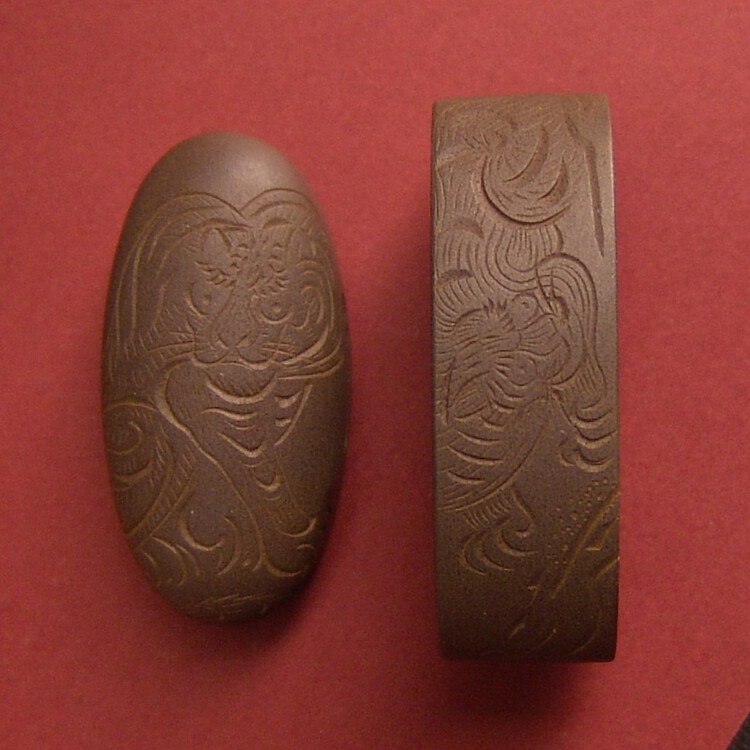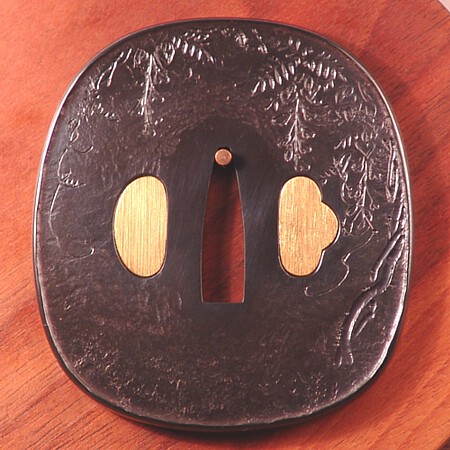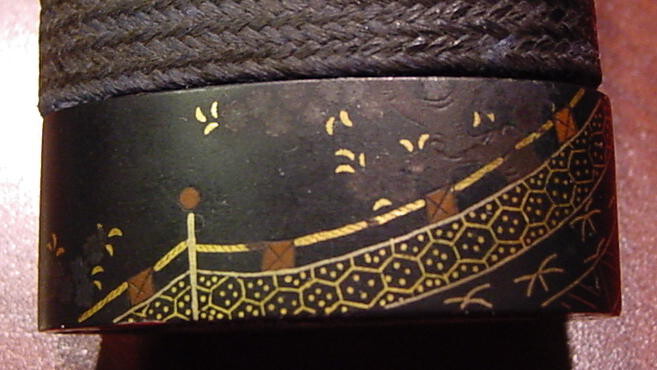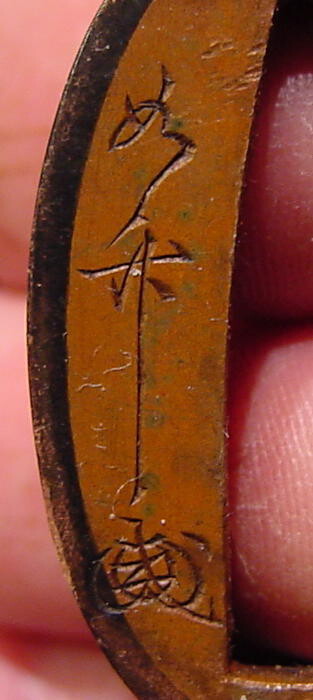-
Posts
994 -
Joined
-
Last visited
-
Days Won
12
Content Type
Profiles
Forums
Events
Store
Downloads
Gallery
Everything posted by Ted Tenold
-
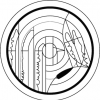
Are there any polishers in Europe
Ted Tenold replied to Jesper's topic in General Nihonto Related Discussion
Evil twin on vacation Guido??? Well, anyways......."Luck favors the prepared" -
-
Brian! Tanjoubi Omedetou!!! You've been tougher than Murphy over the past few months friend. You deserve every one of the wishes you make while blowing out those candles. This board has so many followers and contributors, but you are the real Hero and driving force that keeps it all together and keeps it going!! Three Cheers!!
-
I think the Japanese term is "Tsubazure", or tsuba gap. Caused by what Grey mentioned. It's fairly common to encounter in greater or lesser degrees. I doubt the nakago is welded just because it doens't look important enought to warrant the effort. I do agree that it looks like it's been cleaned.
-
Regarding the date; February and August are the two months most often found inscribed regardless of the time of manufacture. I wouldn't put too much credence on this being an exact date of creation. The mei looks precisely and attractively struck, but something about it (maybe that very precision) gives me a little trepidation. Aside from the meaning which is odd, the kanji have an almost "stamped" rather than incised appearance. The Nakago also has an odd, kind of un-Japanese look to it. The yasuri are very course and deep, and the shape very crisp or sharp looking with a robust width. I do hope I'm wrong though Henry!
-
I've known Patrick personally for quite a few years now. He's a top notch guy, an excellent craftsman, and a good friend. He constantly strives for better and better work. I recommend him highly. Here's a set of fuchi kashira he made for me, and a tsuba he made a couple years ago.
-
Henry, might be better to open a new topic on this question. Might get better exposure than buried in another thread with a dog turd. :D
-
Don't sugar coat it Guido... Give it to us straight. Klaus, to me it looks closer to a western knife makers version of a Japanese tanto. Whatever it's origins, it is not Japanese.
-

Met Show
Ted Tenold replied to Pete Klein's topic in Sword Shows, Events, Community News and Legislation Issues
Thanks very much Grey. I'm primarly interested in the blades and fittings of course so I don't want to catch the exhibition on "cloth day" on a quickie trip. I'm sure the light is a major consideration for the cloth. With armor, they're also greatly concerned with humidity control for the preservation of the leather and lacquer. It's not uncommon to see humidifiers sitting adjacent to armor in Japan. -

Met Show
Ted Tenold replied to Pete Klein's topic in Sword Shows, Events, Community News and Legislation Issues
Grey, Is there any word from them on a schedule of exhibition rotations? Although none of it should be missed, it would be nice to know what is being displayed when, so that I could maximize my experience by choosing an optimal time to attend. -
I think I'd go Sue-Koto on it, but I wouldn't see early Shinto as out of the question. Without it in hand.... Some of the late koto can be thick and beefy feeling, but that long kaeri is seen in some shinto works.
-
Excellent points Ford. There's often talk about the masses of retempered blades in existence which supports a rational conclusion that there are as many (if not many more) tsuba that also suffered from these events. I would suspect that quite a few of those we see today have been restored, the degree of skill applied determining any detectable features of the restoration. Would you agree with this? If so, allow me to elaborate with a follow up question; Swords that have been retempered obviously can exhibit visual indications of the process. We are taught to look for these features as a matter of judgment (and prudence), when examining swords. Granted, tsuba are not restored under the same processes (i.e. polishing), yet the nakago of swords is something I would see sharing similar considerations for restoration that tsuba would. So, in your experience, is there perhaps any "layman's" list of things to look for in iron tsuba that could help our members detect prior damage and/or restoration? I don't think anything like this has ever been covered here, and aside from the obvious such as, growing red powdery rust or flakes of scale falling off, perhaps there are other things less obvious we should look for. Comments?
-
Peter, The "Bishu" portion differs in strike than the "Osafune" portion. It looks to me to be by different hand and tool. The placement is also odd with a curious spacing between them. Also none of the mei looks anything like the Shinto or Shinshinto Yokoyama smiths which used a robust tagane and bold strikes. Mark's example is what I'd expect along the line of Shinto style mei and the Shinshinto were even bolder for the most part. I'd venture this one is gimei.
-

JapaneseSword.com Contact
Ted Tenold replied to SwordGuyJoe's topic in Auctions and Online Sales or Sellers
Joe, That is Alfred Tan's site. Alfred is occasionally away for work for extended periods and his email may be full. Give him some time. -
Brian, congratulations! I wish you success. Yours is not a shameless plug. The member here need to know about craftsman such as yourself. It it pleases you, I suggest you list your contact info and if you get a website at some point we can place that in the links at the top of the NMB home page. Cheers,
-

taikai pic
Ted Tenold replied to bdgrange's topic in Sword Shows, Events, Community News and Legislation Issues
Pete, I think that's Mike Yamasaki. Yes, it is a fun fun show with lots of good stuff. Nice to meet and talk with you at the show Bill, thanks for sharing the pictures. -
Hector, As a general answer; yes. The common acceptance for a daito sized fuchi is 38 mm OD on the ha to mune line. However a lot depends on the tolerance between the interior of the fuchi wall and the width of the nakago where the fuchi will be in position. There must be enough space for the shitaji (wood foundation) to provide support. The wall thickness of the fuchi can greatly affect this tolerance. Thicker walls diminish the material between the interior of the fuchi and nakago, and thinner walls provide more. This, in turn, can be complicated by the samegawa (rayskin) and the relief tolerance it will require as well. Judgements that need to be determined by the maker of the handle.
-
Even evil twins need a day off now and then..
-
Without picking this apart bit by bit, let me say that I agree with Paul and this "seek and fit" assemblage method is not the best approach for fitting a sword to koshirae, nor is it something I want to see recommended on a wholesale basis to those newly introduced. I will place particular emphasis on the habaki however and add if one is not familiar with how a habaki *should* fit (which surprisingly few folks are) then the likelihood that the sword can be damaged is greatly magnified. Habaki are a "married" piece and are not interchangeable. While it is possible to find one that will be acceptable it is highly improbable, and a Soshu nakago such as Stefan's compounds the improbability even more so. All koshirae start and are completely dependant on the fit, shape, and style of the habaki. It serves the origin of protecting the sword as well as the foundation for the koshirae. Throwing a bunch of money and effort at having a koshirae, that in the end, will be obviously "thrown together" and ill fitting, isn't the best way to make an entrance into collecting.
-

The cost of a sword in 1600
Ted Tenold replied to loui's topic in General Nihonto Related Discussion
Also, for those interested in seeing some examples of the currency Markus's article mentions, go here: http://www.imes.boj.or.jp/cm/english_ht ... re_gra.htm Facinating stuff. -

The cost of a sword in 1600
Ted Tenold replied to loui's topic in General Nihonto Related Discussion
I was just referencing this Guido! You're fast today....well, tonight for you..insomnia?? :lol: Yes, excellent article. -
Thank you very much for your help gentlemen! I absolutely agree more that the work should confirm the mei. Fittings aren't my main focus so your input is appreciated.
-
Thanks Reinhard. I am a familiar with the Jochiku like the one you pictured, and seen a couple others. I don't think I've ever seen a signed piece though. This one has no fish. There's no sculpted work at all. It's completely Kaga style flush inlay. Coming from Kaga, it would make sense that he worked in this style, but I'm used to seeing the more elaborate renderings attributed to him.
-
Hi All, Please have a look at this one. Tried to make some sense of it. The second character looks like Hira to me. Can't figure out the first though it looks close to Tomo(?). Thanks in advance.
-
Atrepshin, Please sign your real name to your posts. It is a requirement of this board. You can modify your signature to include it on your profile page. Unfortunately, your sword is a copy and not of Japanese origin. The workmanship and signatures are very "un-Japanese".



